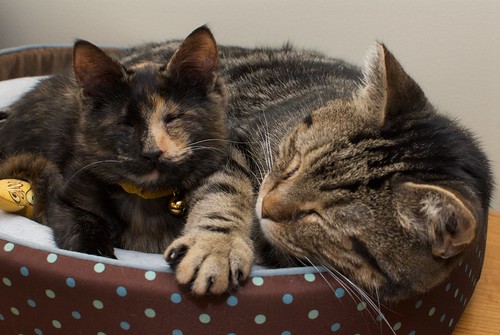
By Sudhersena: Tomcats are vulnerable to fights. Many Tomcats come to the Blue Cross Shelter with severe bite wounds that result from fights with other male cats. These wounds, frequently, develop into abscesses and become infested with maggots. They can also become infested with viral diseases that prove fatal to the cat. Tomcats attain puberty at 6-8 months and develop some undesirable changes in their behaviour. They become territorial in nature and start to mark their territory by spraying urine indoors as well as outdoors. The cat will start enlarging his territory and this would often result in fights with other male cats. An un-neutered male cat will also start roaming to look for female cats in heat. It is believed that a male cat can detect and follow the scent of a female cat for seven miles! You can protect your feline friend from attacks by other male cats by neutering him. Neutering male cats also cuts out the risk of testicular cancer and decreases the incidence of prostate and anal tumours. Shun the myths: Neutering does not alter the basic personality of your cat. He doesn’t suffer any kind of emotional reaction or identity crisis when neutered. On the other hand, he will become more loving and contented. Sudhersena is a contributing writer at Dogs and Pups Magazine. Source: Deccan Chronicle, Image:...



.jpg)